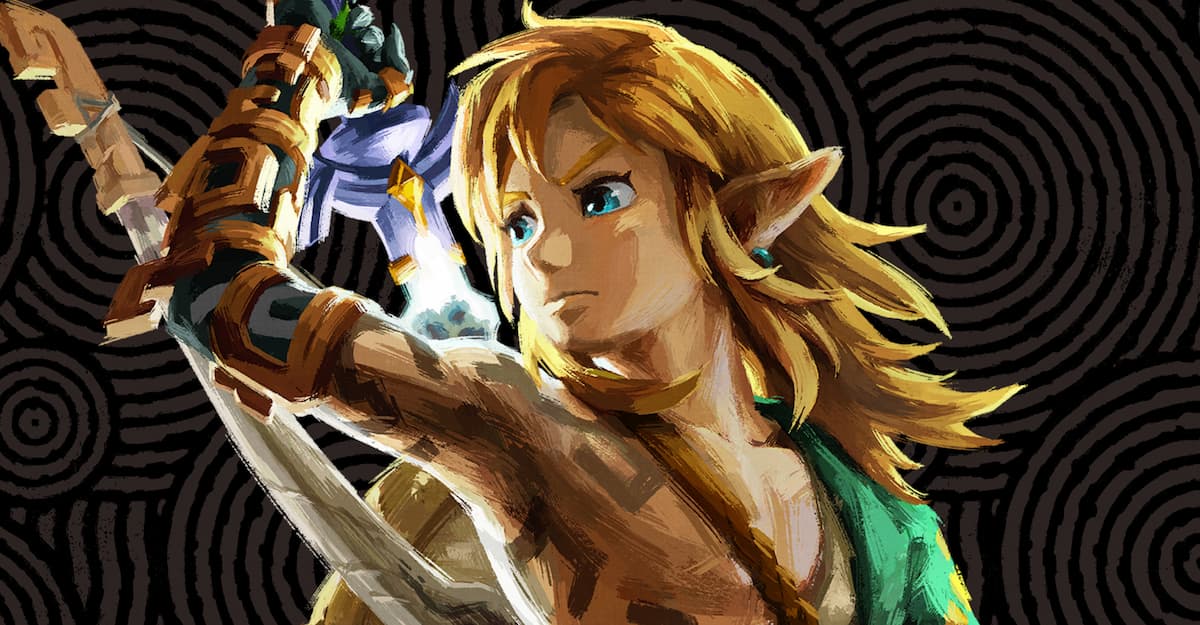Link Is a Trans and Nonbinary Icon and We’re Here For It

I’ve been wondering all day if it’s an exaggeration to say that Link from The Legend of Zelda was my very first gender. Now that I’m writing this article, you know what? I’m going to go with no. Link was my gender before I knew what gender was. I knew I wasn’t a boy, but I also knew I wasn’t like all the other girls. I was some mysterious third thing—femme sometimes but not always, with a body and mind that resisted any easy categories.
So was Link. Back in the ’80s and ’90s, Link wore his trademark green tunic and cap as he quested through the forests and deserts of Hyrule. He shapeshifted, becoming a rabbit and, later, a wolf. Sometimes he dressed in drag. When I slipped into the world of video games or pretend play, I didn’t picture the awkward girl with frizzy hair. I pictured myself as androgynous, lithe, and strong in my own way, like Link.
Turns out I wasn’t the only one who saw my gender identity in Link. In honor of the release of The Legend of Zelda: Tears of the Kingdom, the sequel to 2017’s The Legend of Zelda: Breath of the Wild, Gizmodo has published a roundup of trans players who see themselves in Link. Many see Link as an explicitly trans character, while others see him as more genderfluid—and that ambiguity is part of what makes his character so compelling and euphoric. It’s truly beautiful to see so much trans joy in one place.
For instance, one contributor, Vaya, points to Link disguising himself as a member of the all-female Gerudo tribe as a model for how to navigate gender presentation.
Having Link to look toward [as a role model] re-contextualized so many features and qualities that I had been socialized to view as feminine. But if the Hero of Time could put on ‘girl’s clothes,’ be perceived as a woman, then take off those clothes and be assured in his identity, so could I.
Indeed, the article points out that Link’s character design was meant to resonate with all players, not just men. The article quotes a Time Magazine interview with Zelda producer Eiji Aonuma:
I wanted Link to be gender neutral. I wanted the player to think ‘Maybe Link is a boy or a girl.’ If you saw Link as a guy, he’d have more of a feminine touch. Or vice versa, if you related to Link as a girl, it was with more of a masculine aspect. I really wanted the [design] to encompass more of a gender neutral figure. So I’ve always thought that for either female or male players, I wanted them to be able to relate to Link.
In a social and political climate that’s making it harder and harder to experience gender euphoria, it’s nice to know that there are still places where gender can still be explored and celebrated instead of policed and punished. Thanks, Link, for giving so many beautiful people such a profound and affirming mirror.
(via Gizmodo, featured image: Nintendo)
Have a tip we should know? tips@themarysue.com
